Let me ask you a question: Do you use cold email to generate high-quality appointments?
Whether you’re tech-savvy or tech-challenged, with the tools available today, any salesperson can effectively use cold email to drive qualified leads.
The key is to understand what tools to use to set up automated cold email sequences of high-quality emails with high-quality outreaches.
So I’ve gone ahead and interviewed one of the absolute gurus of cold email to get you the latest insight into this fast-growing sales technology.
Ian Bloembergen is the founder of Pilot Now, and he’s a total ninja when it comes to cold email. Pay close attention to every single thing Bloembergen says in the following interview—it’s pure gold when it comes to implementing a top-notch cold email sequence that actually works.
In the video interview below, you’ll learn the 5 keys to setting more appointments with cold email. Check it out:
Video Summary:
Cold Email Key #1: Take care of the top of the outbound funnel
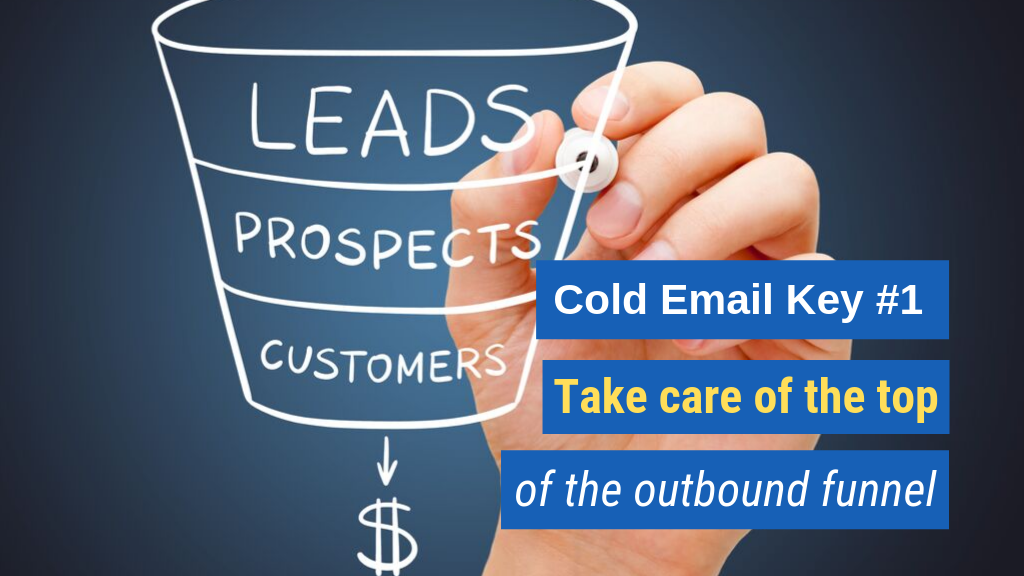 Marc Wayshak: What would you say is the first key point that folks need to keep in mind when it comes to setting up appointments with cold email?
Marc Wayshak: What would you say is the first key point that folks need to keep in mind when it comes to setting up appointments with cold email?
Ian Bloembergen: Well, it’s not rocket science. Your parents probably told you as kids that proper preparation prevents poor performance—and this applies to cold email. If you take the time at the top of the funnel to get everything right in the beginning, then everything becomes a lot easier.
There are really two parts to that. One is just the setup, making sure you’ve got your email set up right, picking the right email provider—depending on who you’re going after, Outlook versus Gmail; warming up your domain, if it’s a new domain; making sure that the sender help is there; picking the right tool for outreach that you need, and all that kind of stuff.
Second, there are the basics, like email validity. Make sure your list is good, using a good tool like Zero Balance; make sure there are no spam words in your content. Make sure that the contacts are ideal, and that they meet your ideal prospect profile, because in the end you can have the right message but if it isn’t the right person it won’t get you anywhere.
Now, you get that all set up, you’ve got your personas, you’ve got your people, you’ve got your system—then from there you’re ready to go.
Cold Email Key #2: Personalize, personalize, personalize
 Wayshak: Let’s talk a little bit about the content. What would you say is the key to great message content in cold emails?
Wayshak: Let’s talk a little bit about the content. What would you say is the key to great message content in cold emails?
Bloembergen: The key here is just some personalization. Make sure that your message is geared to the individual, or to the account, or ideally both. You know your vertical that you’re going after, so you can personalize by that with the pain points you may solve for that vertical.
You know the personas. They have different pain points: CFOs trying to save money, the marketing guys, the IT guys, etc…so make sure that you take your core message and kind of cut it up a little bit so that it resonates a little bit more with each persona.
Keeping it short and simple is really important, as well. You don’t want a long email. And along those same lines, when it comes to looking online for templates—someone else’s template is not going to work for you. It’s your company, it’s your product, it’s your prospect. They’re different, so don’t try to cookie cut someone else’s into yours.
Now, you can take inspiration, hook lines, subject lines, keywords, and things like that. But in the end you’ve got to write it yourself and your A/B testing of that message is going to end up really helping you improve it.
Wayshak: Could you give a couple of examples of your favorite current uses of personalization?
Bloembergen: No one wants to be automated. So if you have a sign that your message seems automated, you’re going to lose replies, even if the value prop is great, even if they have the pain, because they feel like, “Hey, if you can’t take the time to write an email one-on-one to me, why should I give you the time?”
But how do you do that in a way that scales? It really varies depending on who you’re targeting. If you have a large amount of prospects, unlimited, you’re not going to go as deep with the personalization as you will if you have a limited number of prospects that you can burn through.
The more standard types of personalization include fields such as industry, client names, phone numbers, and specific days of the week and times of day to connect. Mentioning a second contact is another easy one. If you’ve got two people on the same list, why don’t you reference that other person by name as a variable? It could be a PSA, such as, “I’m not sure if I’m barking up the wrong tree. Should I be talking to [second contact] instead?”
You’ll notice it’s working when you start getting replies, like, “Hey, I get 10 of these a day. Now I’m not sure if we need you, but I’ll take a look.” That’s a sign that you’ve stood out.
Remember the age-old story that you don’t have to outrun the bear, you just have to outrun your friend? It’s the same thing with cold email. You don’t need to be the best template or the most personalized, you just need to be better than everyone else—or at least in that top 10%. Since 80% to 90% of people don’t know what they’re doing, that’s already easy. Just focus on getting ahead of those in the 80th and 90th percentile. A little personalization goes a long way.
Cold Email Key #3: Create intentional content
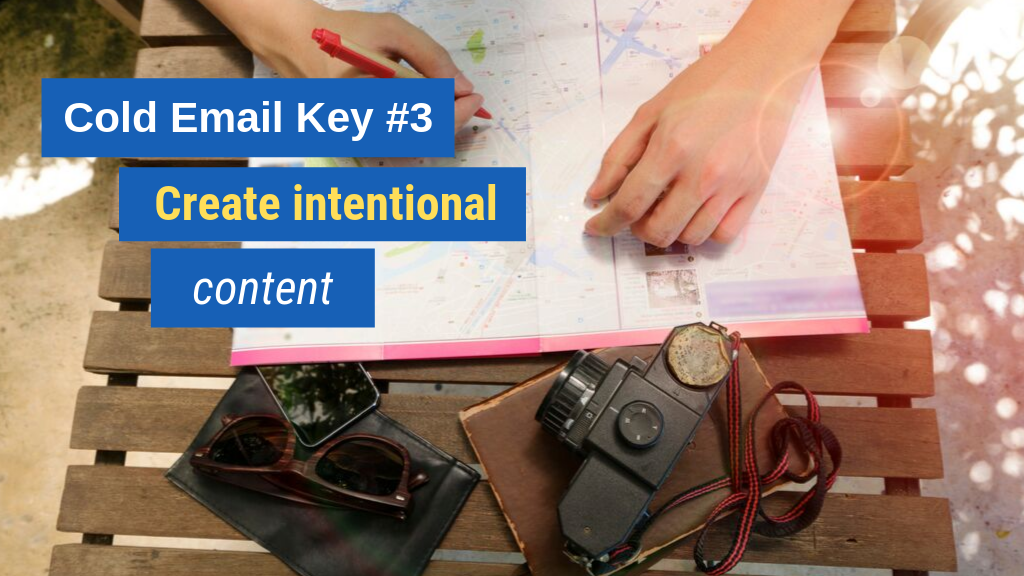
Wayshak: What other advice do you have for cold email content that sets appointments?
Bloembergen: What everyone kind of forgets is that sales automation and marketing automation are not the same. Marketing automation is glitzy, glamorous, beautiful emails that end up in spam. Sales automation is one person messaging another.
The biggest mistake most people make with cold email is they make it all about themselves: “This is why we’re great. This is why everyone loves us,” so on and so on. What that really is, is an advertisement, and no one wants to watch a commercial.
The key is to make it about them. If you’ve done your research on the industry, on the prospect, on their persona, and the painful point you solve for them, you can lead with that. “Are you running into this pain point? How are you dealing with this pain point? I’ve been helping clients that are in [the similar space, the similar persona] handle this pain point. Are you running into the same? If so, I’d love to have a chat.”
If you do that, you’re being very direct and not wasting their time. You’re zeroing right into what you need, which also helps you down the funnel. You can be very vague in your messaging and you’ll get a lot more replies, but now you’ve got to triage those replies. They’re not qualified, and so you pay the price.
Just keep being really to the point about them, not about you. If you do that you’ll already be on your way—assuming again that your product is great, the pricing is reasonable, you don’t have other big barriers like contracts, because ultimately no amount of lipstick you put on a pig is going to change it from being a pig. You’ve got to keep that in mind and then account for it. If your product is higher priced or you have more barriers, you have to make up for it with either high volume or even more personalization.
Cold Email Key #4: React with urgency
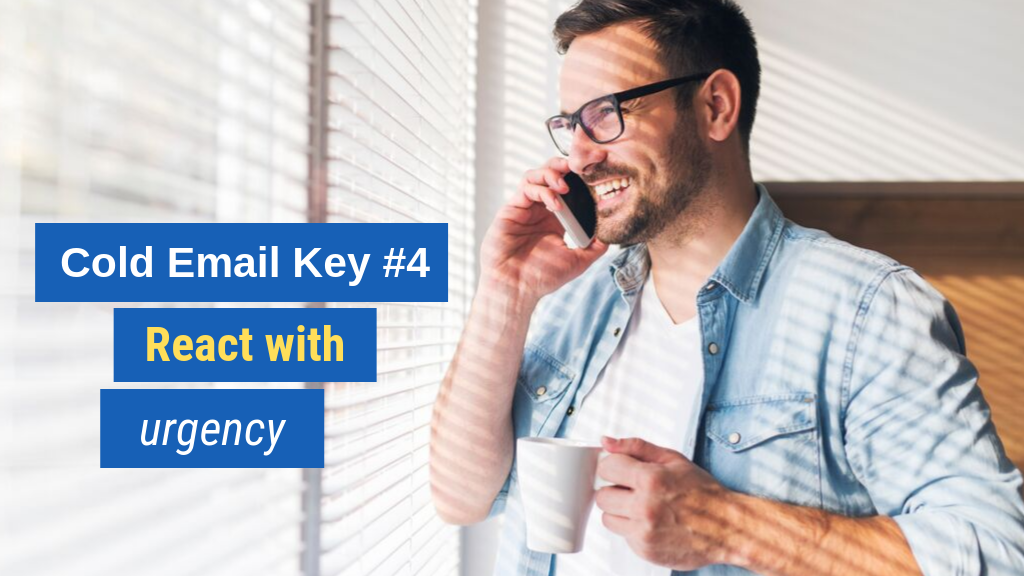
Wayshak: What else can people do to increase the likelihood of getting leads from cold email that turn into appointments?
Bloembergen: The biggest mistake everyone makes is that we do all this work, we start getting replies, and then we drop the ball. The metrics are clear—they’re all over the internet, you can Google them. Drop off happens. If you do not reply within X minutes, it drastically drops. Within the first half hour, you lose almost 50%. So react with urgency.
You can have triggers and actions. You want to strike while the iron’s hot, because we know the game. You wait an hour and they’re gone.
In the end, sales—no matter what you’re doing, whether you’re knocking on doors or you’re doing high-level consulting—is all about impulse. The minute your conversation ends, the impulse starts to drop. Time kills it. They find another company, or they just aren’t as interested, and you see it all the time. When you follow up three days later, they’ll say, “Well, what was this about again?” They’ve completely forgotten why they replied to you.
It’s such a waste with all the hard work you’ve put in. Make sure you set up alerts, and make sure you react quickly. If you do that, you’re in the game, and from there it’s just the sales process of walking them through the steps.
Cold Email Key #5: Pair touches with other channels
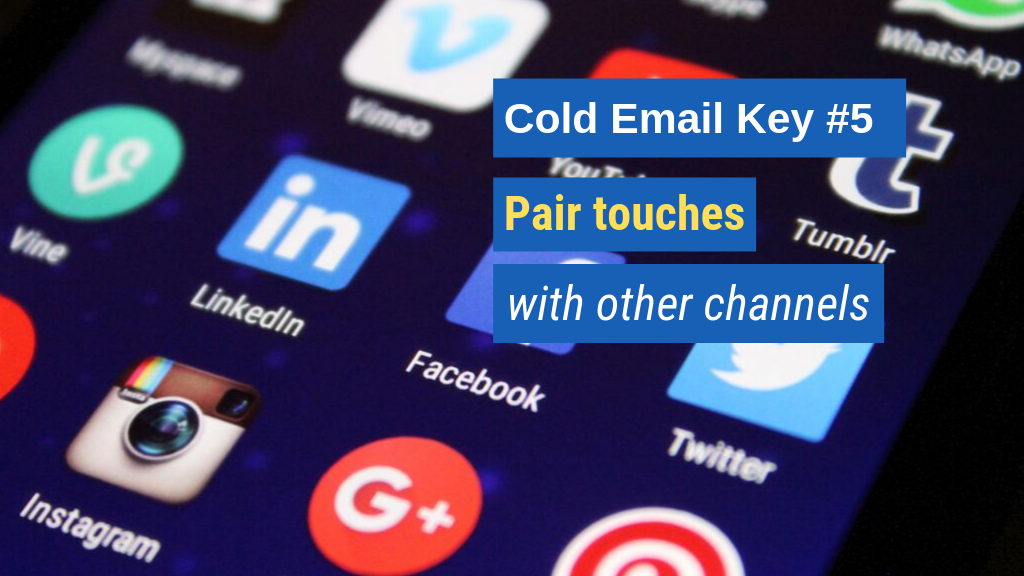
Wayshak: What would you say is the last key idea here for setting more appointments with cold email?
Bloembergen: Again, it’s evolution. What worked today doesn’t work tomorrow. We are finding that you can’t have it as a single channel. You can’t have cold email be the only touch point, because you have different people, some are technical, some are not, some are on the move, some are not. Some are on their emails, some are on their phones. Be smart about it and pair cold email with other channels.
That could be a quick LinkedIn connection request with a reference to the email. That could be a voicemail or a personal video.
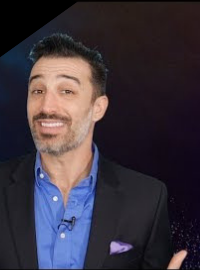 Pair cold email touches with other channels, but be strategic. Phone calls take time, energy, and money. They don’t work for every persona. It could be a handwritten note, it could be sending a gift card, it could be any kind of touches you’ve found effective in the past.
Pair cold email touches with other channels, but be strategic. Phone calls take time, energy, and money. They don’t work for every persona. It could be a handwritten note, it could be sending a gift card, it could be any kind of touches you’ve found effective in the past.
So there you have it. Now you know 5 keys to setting more appointments with cold email. Which of these ideas did you find most useful? Be sure to share your thoughts below in the comments section to join the conversation.
Enjoyed this article? Please share away!

Get instant access to our free sales training:
Why Prospects Push Back on Price, Give 'Think-It-Overs,' and Ghost in Sales Until They Meet a Sales Superstar Who Is Following These 7 Simple Keys

About the Author Marc Wayshak
Marc is is the best-selling author of three books on sales and leadership, including the highly acclaimed titles Game Plan Selling, The High-Velocity Sales Organization and his forthcoming book, Sales Conversations, Mastered.
Marc is a contributor to Inc, HubSpot, Fast Company, Entrepreneur Magazine, and Huffington Post Business. He also hosts a popular YouTube channel on sales strategy with over 103,000 subscribers.
Marc helps thousands of people his data-driven, science-based approach to selling that utilizes all the best tools available to sales organizations today.

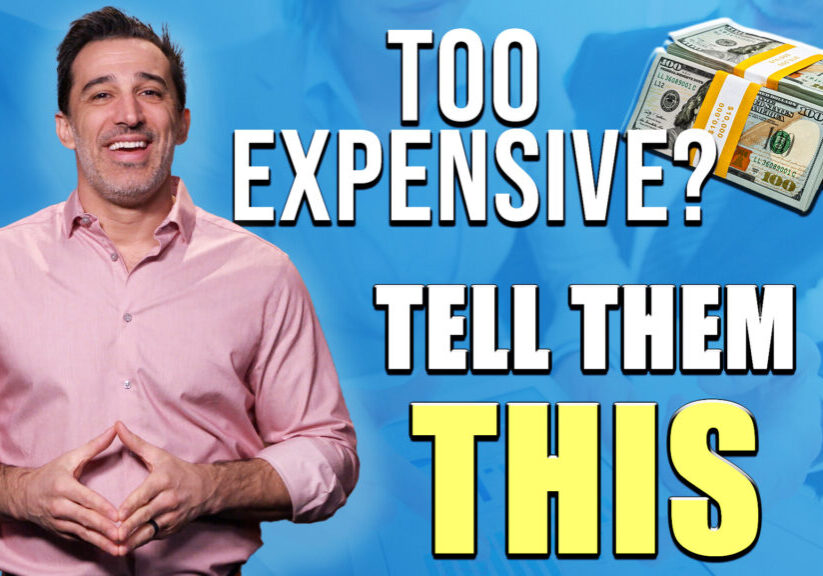
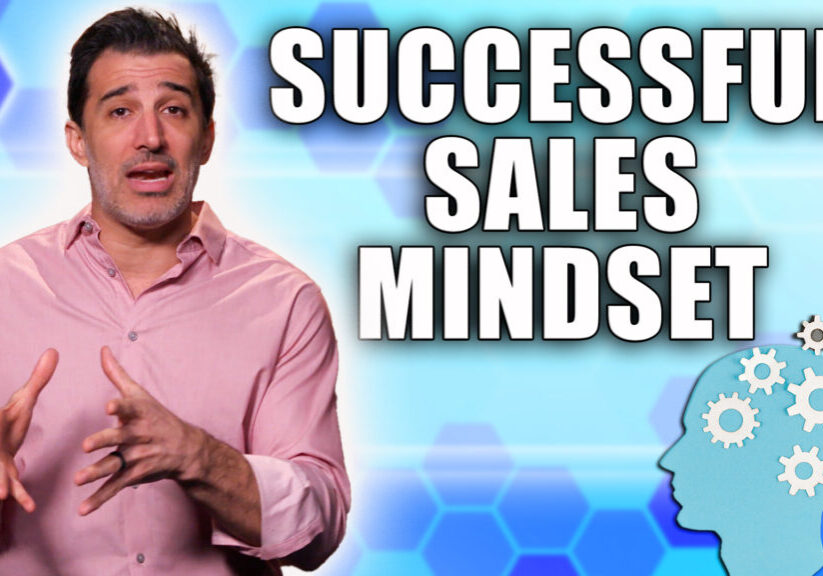
![How-to Sell to Power [C-Suite Sales Must-Knows!] How to Sell to Power [C-Suite Sales Must-Knows!]](https://salesinsightslab.com/wp-content/uploads/bb-plugin/cache/How-to-Sell-to-Power-C-Suite-Sales-Must-Knows-1024x576-landscape-7a52c541b28a7b772ad9e1010d8240be-.jpg)
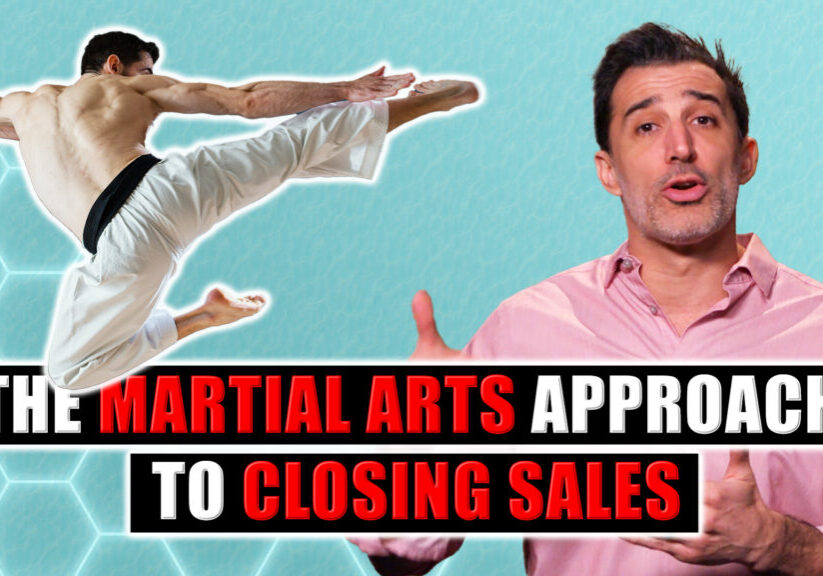
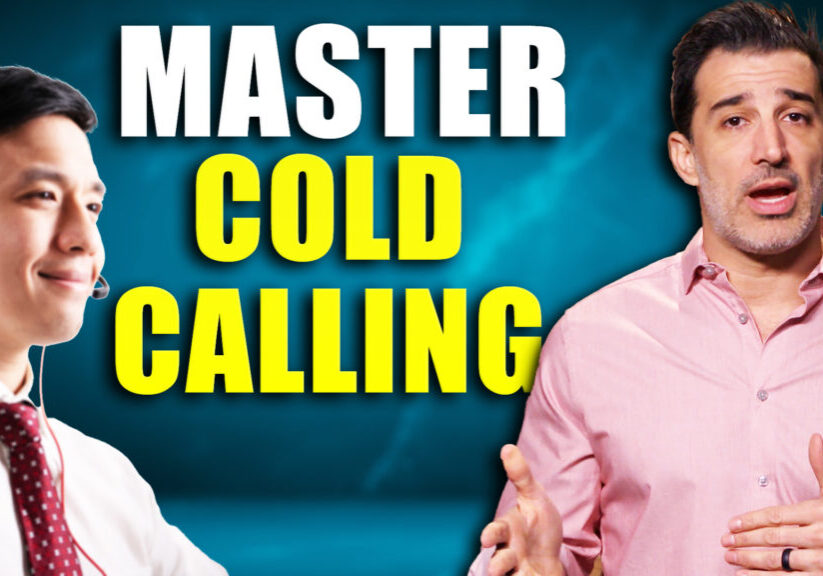
![The Absolute Best Way to Start a Sales Conversation [WITH ANY PROSPECT] The Absolute Best Way to Start a Sales Conversation [WITH ANY PROSPECT]](https://salesinsightslab.com/wp-content/uploads/bb-plugin/cache/The-Absolute-Best-Way-to-Start-a-Sales-Conversation-WITH-ANY-PROSPECT-1024x576-landscape-be9d9379ab94d9f71b5bfeed42246a84-.jpg)